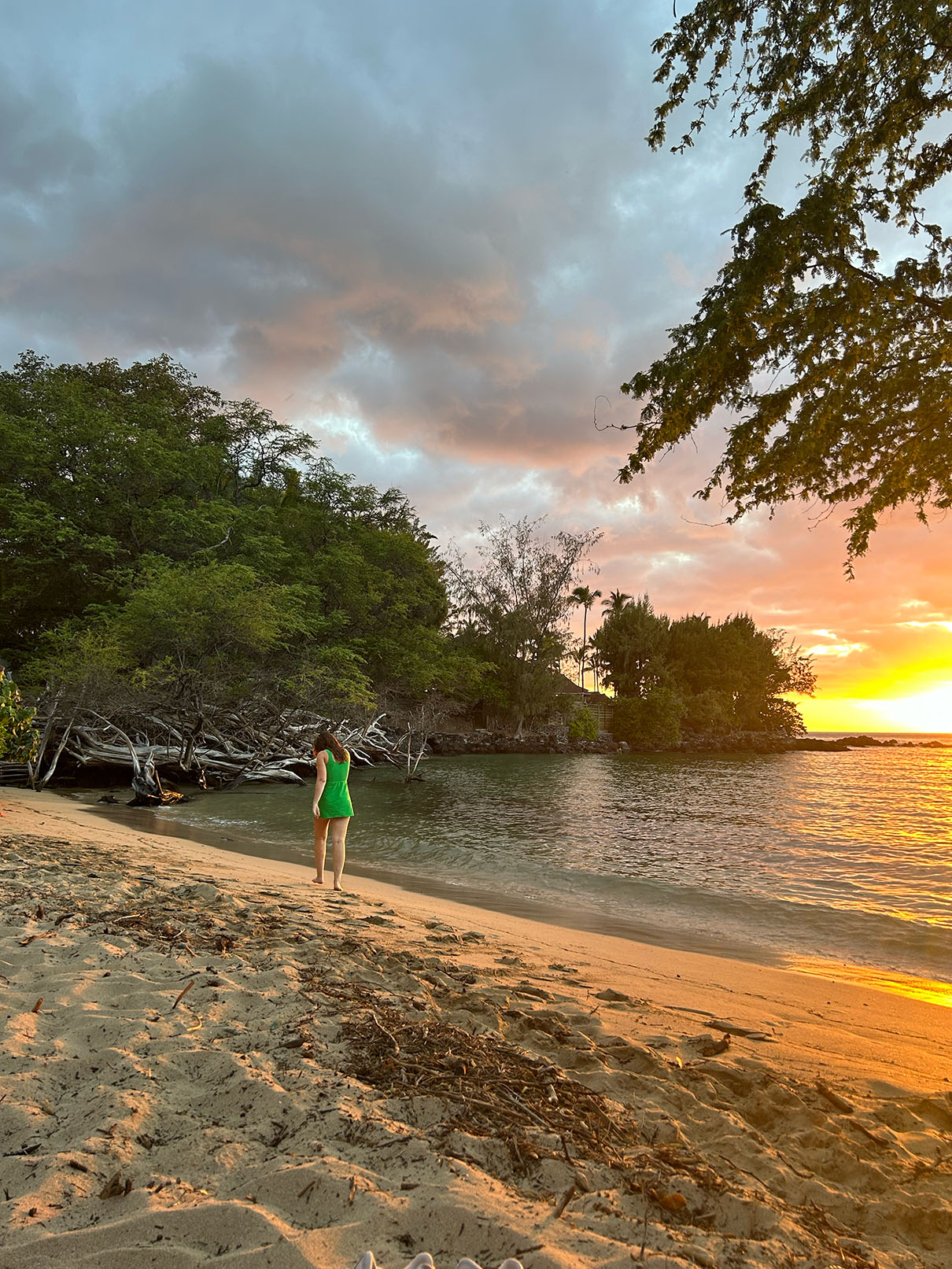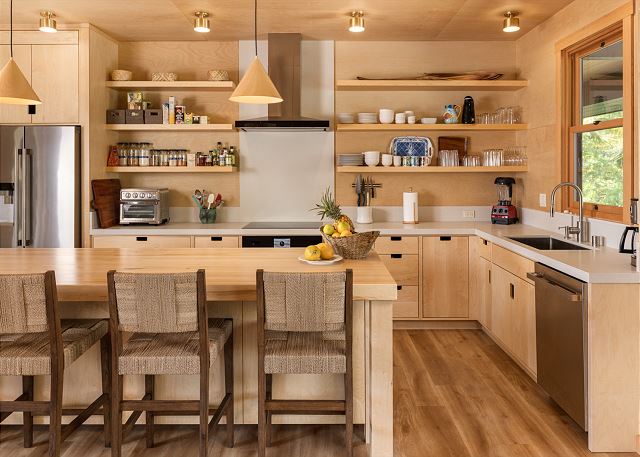










Waialea Bay, a gem nestled along the Kohala Coast of Hawaii's Big Island, presents itself as a serene escape. Its sands, a brilliant expanse of white, stretch invitingly towards the turquoise embrace of the Pacific Ocean.

Officially named Waialea Beach, its informal moniker, "Beach 69," originates from a quirky detail—an old utility pole, numbered 69, that once marked its entry point.
The beach is public, and at any point in the year it can get crowded in the middle of the day. It’s popular with the local population and the whole vibe is very communal and positive. With that said, in the mornings and evenings, when the ocean is at its calmest, there is usually no one but the very few residents, and it feels like you have the entire place to yourself.
The ocean is calm for most of the year. The morning is magical for snorkeling, particularly around the center rock and along the edges. There are seasonal swells in the Winter which impact water clarity, and bring out the surfers.
Entry into the water is one of the beauties of beach 69. It’s not manicured like the nearby resorts, but it is predominantly sandy, making access in and out easy (unless it’s winter and the surf is up). You’ll see people swimming, paddleboarding, or just floating around having a great time.
The shoreline is interspersed with trees and open sand. This works well for both sun worshipers and those who prefer the shade. It’s entirely possible to be at the beach all day and never be in the direct sun.
The beach's character is defined by its remarkable preservation. Unlike many Hawaiian shores that have given way to extensive development, Waialea Bay has maintained a natural and tranquil ambiance. This is partly due to its secluded access via Old Puako Road and its layered history.
Roughly ten private homes dot the nearby coastline, but they are just modest beach houses, and the small community itself is untouched by imposing hotels or resorts.
Located on a bluff on the beach's southern end, Honu is a cozy house with a comfortable lanai, just a minute walk to the beach.
Located on a bluff on the southern end of the beach, Wailani is great for larger groups with a spacious garden and swimming pool.
Located on the southern end of the beach, Ka Momi is a spacious home with an expansive lanai that looks directly out over the bay.
What you get on Beach 69 is old school. A few of the homes on the beach are available for short term rentals. Others are occupied by full-time residents. This makes for a very laid back, quiet, and community-oriented environment.
The houses are clean and comfortable, but they are not fancy. All of them have air conditioning, at least in the bedrooms. The kitchens are fully stocked for cooking or barbecuing. They all have internet access, televisions, washing machines/dryers. and basic beach equipment like chairs, towels, and snorkeling gear.
Central to Waialea Bay's ecological richness is its designation as one of eleven Hawaiian Marine Life Conservation Districts (MLCD). This designation is not just a label but a commitment to the preservation of the area's vibrant marine ecosystem. The MLCDs across Hawaii serve as sanctuaries, aiming to replenish and protect marine life by regulating or prohibiting fishing and harvesting. These protected zones allow marine species to thrive and multiply, leading to a stunning diversity of underwater life. For those who venture beneath the waves, snorkeling, diving, and underwater photography become especially rewarding. The fish, feeling safe within these boundaries, display a refreshing lack of fear, offering intimate glimpses into their world.

The history of MLCDs in Hawaii began with Hanauma Bay on O'ahu in 1967, a move that led to a dramatic resurgence in fish populations and international acclaim. This triumph paved the way for more MLCDs across the archipelago.
Waialea Bay joined this conservation effort in 1985, with approximately 35 acres receiving protection. This measure ensures the long-term health of the bay's intricate coral reefs and the myriad of marine life they support, from the kaleidoscope of tropical fish to the graceful green sea turtles.